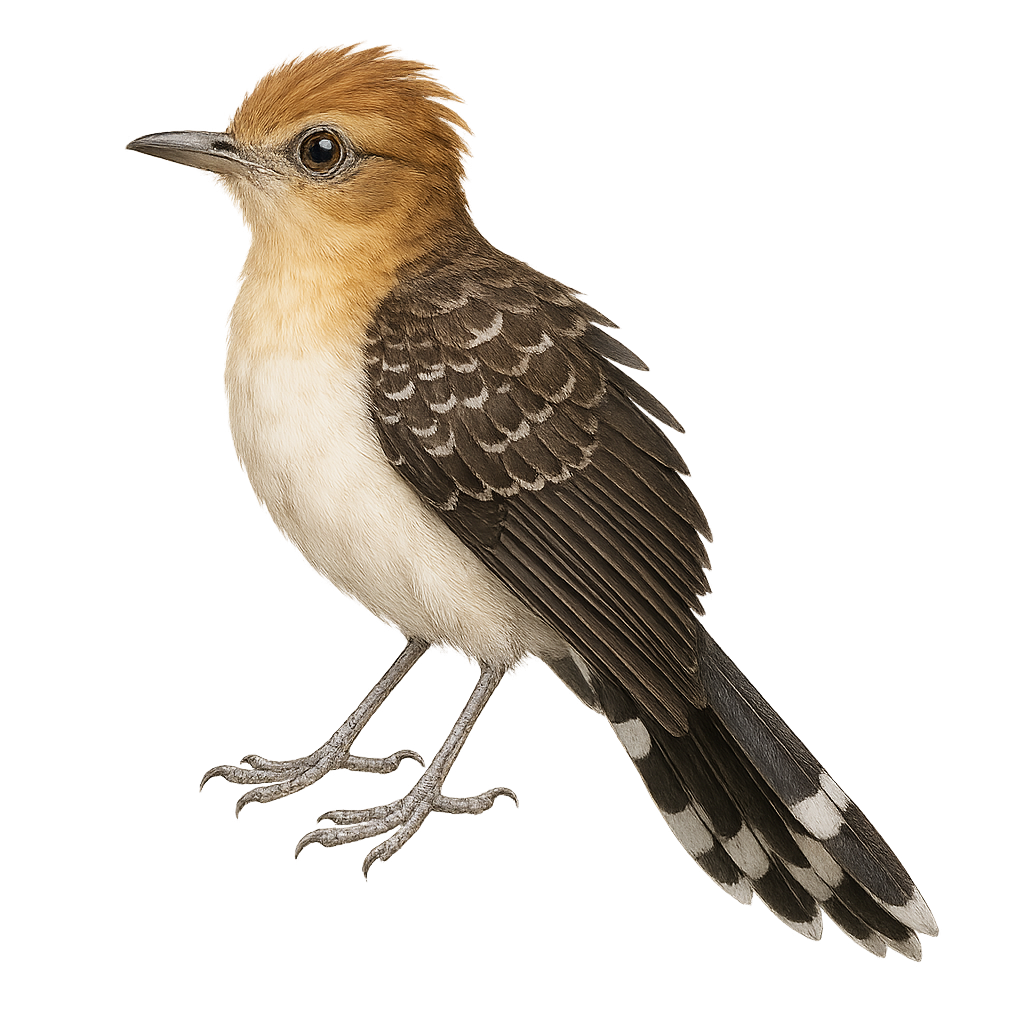Your wildlife photography guide.
Explore the pavonine cuckoo in detail, study its behavior, prepare your shots.
Where to observe and photograph the pavonine cuckoo in the wild
Learn where and when to spot the pavonine cuckoo in the wild, how to identify the species based on distinctive features, and what natural environments it inhabits. The WildlifePhotographer app offers tailored photography tips that reflect the pavonine cuckoo’s behavior, helping you capture better wildlife images. Explore the full species profile for key information including description, habitat, active periods, and approach techniques.
Pavonine Cuckoo
Scientific name: Dromococcyx pavoninus

IUCN Status: Least Concern
Family: CUCULIDAE
Group: Birds
Sensitivity to human approach: Suspicious
Minimum approach distance: 10 m
Courtship display: October to November
Incubation: 17-19 jours
Hatchings: October to December
Habitat:
Tropical forests, humid forests, forest edges
Activity period :
Primarily active during the day, with peak activity in the morning and late afternoon.
Identification and description:
The Pavonine Cuckoo is a mysterious and fascinating bird belonging to the Cuculidae family. It is primarily found in the dense tropical forests of South America, notably in Brazil, Bolivia, and Paraguay. This bird is recognizable by its brown and black plumage, with distinctive patterns reminiscent of peacock feathers, hence its name. The Pavonine Cuckoo is a discreet bird, often heard rather than seen, thanks to its melodious and repetitive song. It is known for its brood parasitism behavior, laying its eggs in the nests of other bird species. Although its conservation status is currently assessed as "least concern," deforestation continues to threaten its natural habitat.
Recommended lens:
400 mm – adjust based on distance, desired framing (portrait or habitat), and approach conditions.
Photography tips:
To photograph the Pavonine Cuckoo, it's essential to blend into the environment and remain patient. Use a 400mm lens or longer to capture detailed images from a distance, as this bird is suspicious. Focus on early morning hours when activity is at its peak. Listen for its distinctive song to locate its presence. The soft, diffused natural morning light will highlight the patterns of its plumage.
The WildlifePhotographer App is coming soon!
Be the first to explore the best nature spots, track rutting seasons, log your observations, and observe more wildlife.
Already 1 430 wildlife lovers subscribed worldwide

